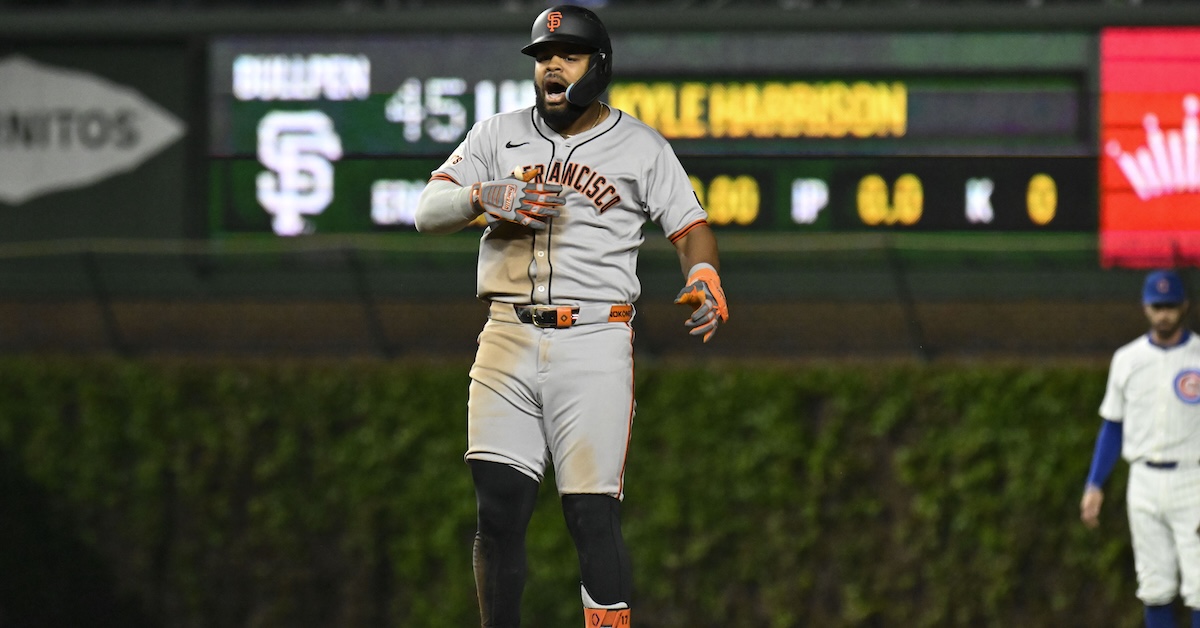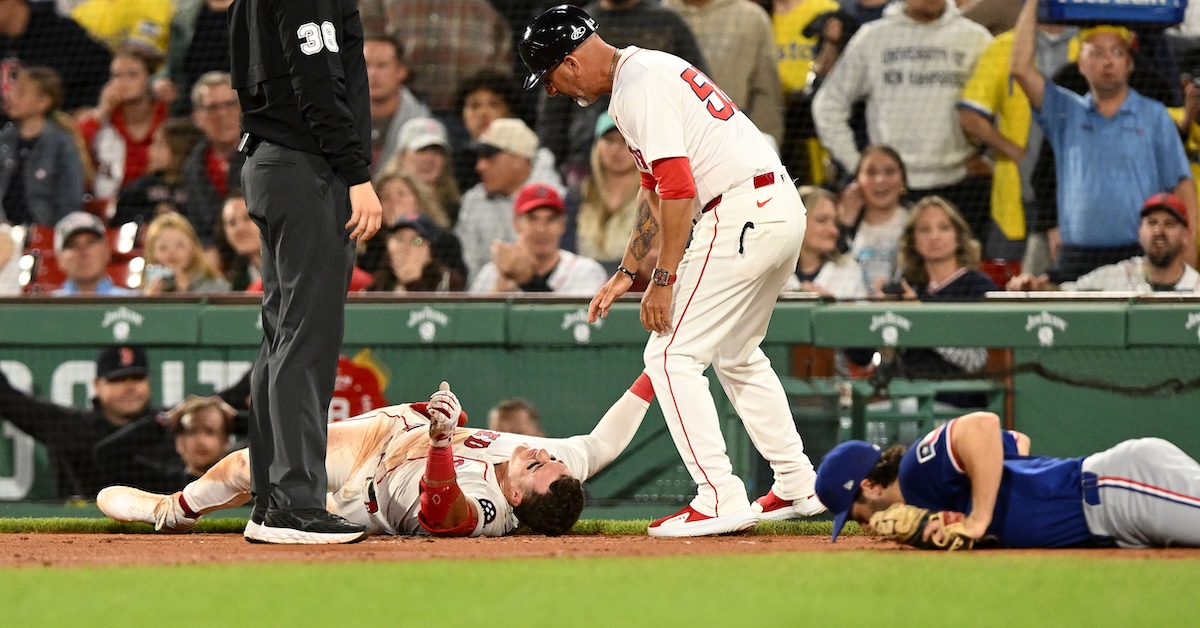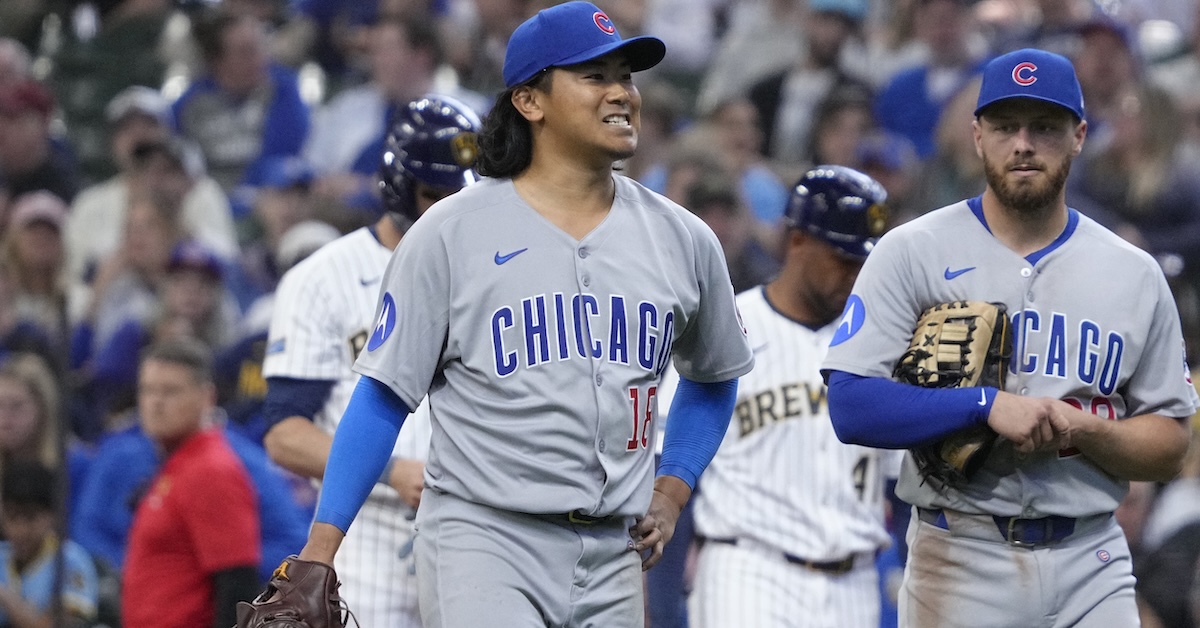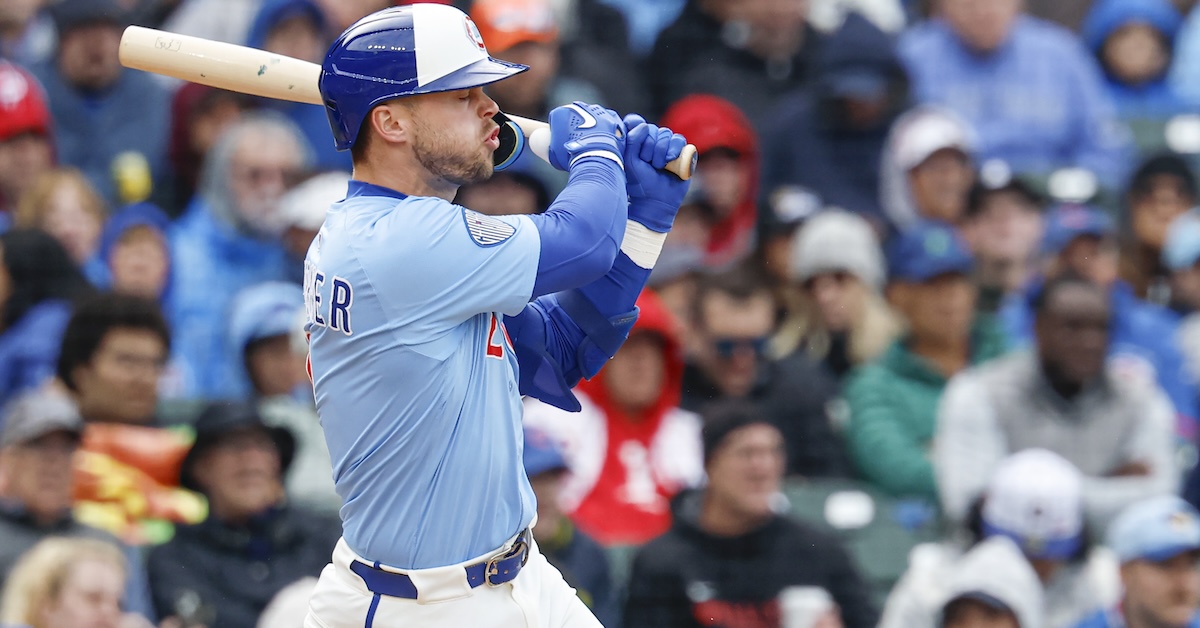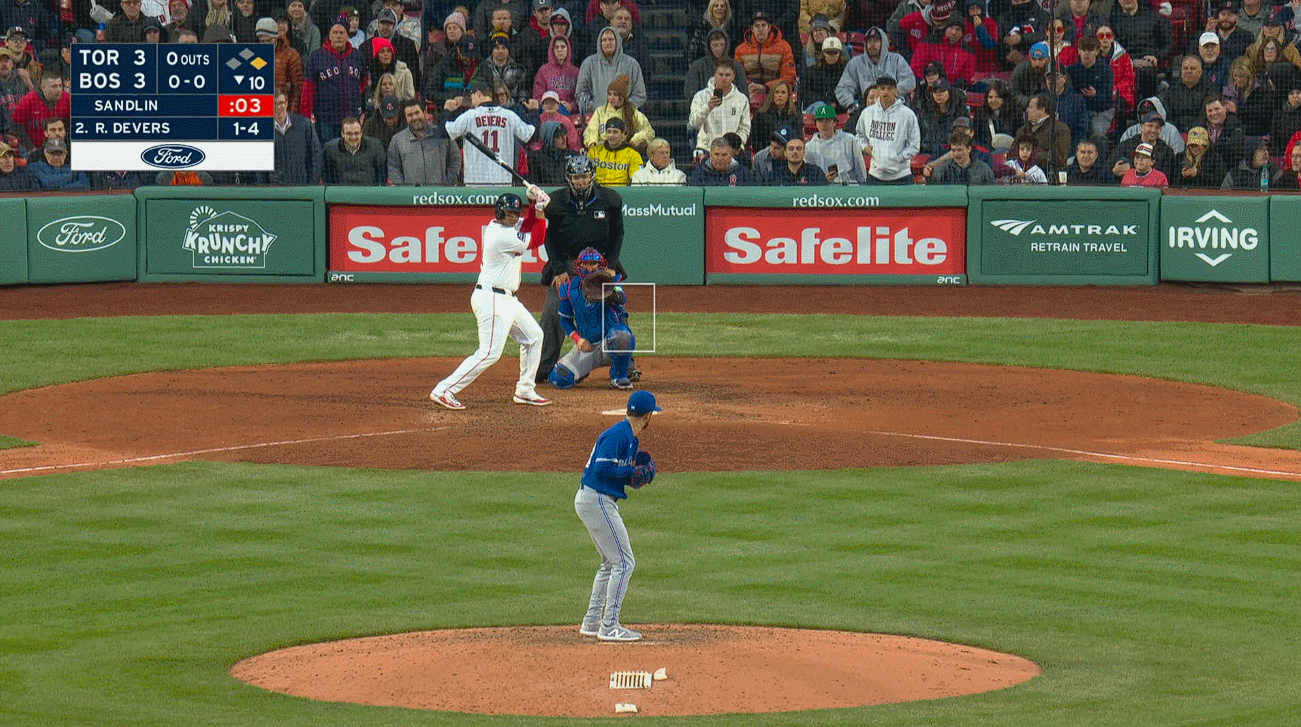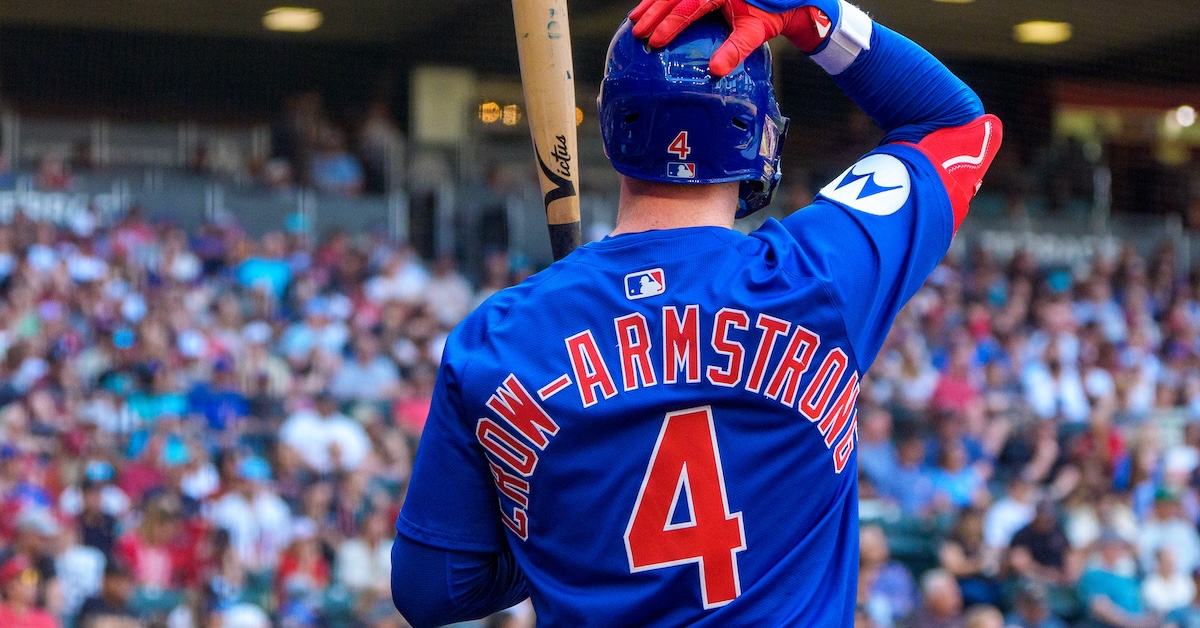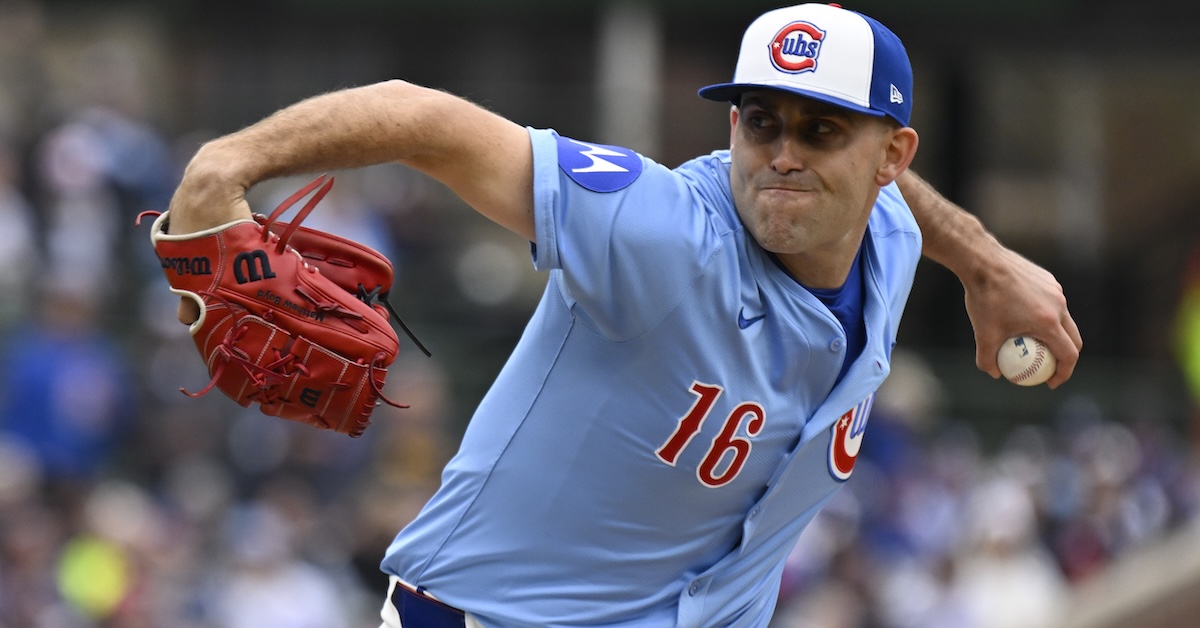Pete Crow-Armstrong Just Wants a Hug
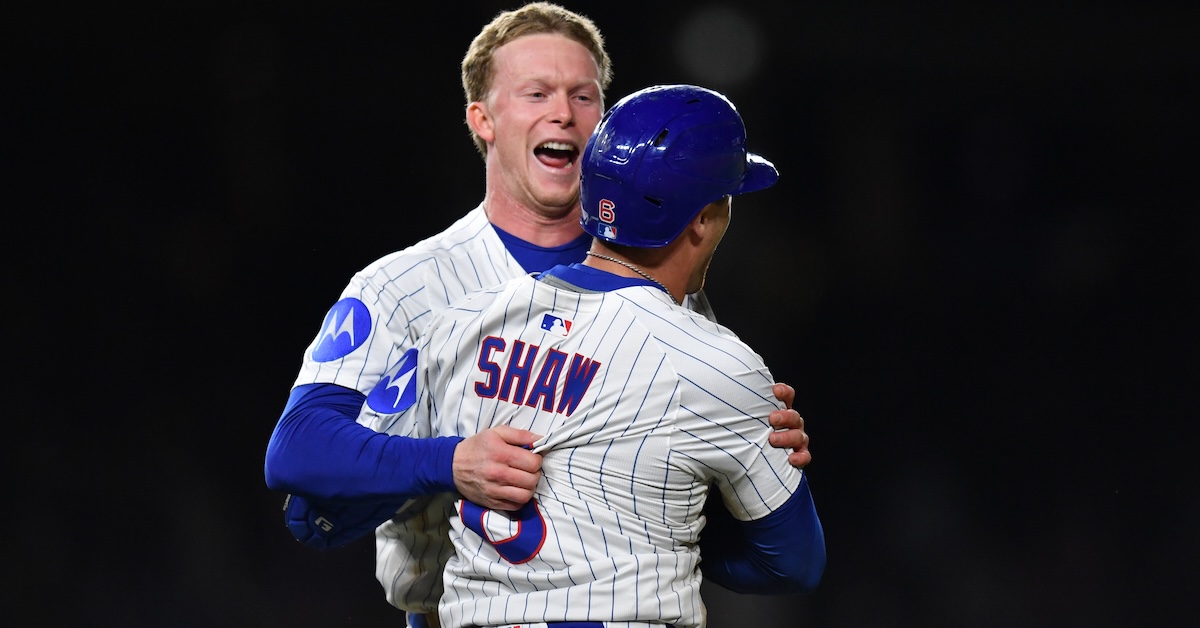
You can’t keep Pete Crow-Armstrong away from the baseball field. I mean that in the sense that he’s a passionate young star who loves the game and plays with his hair on fire all the time. But I also mean that in a more literal sense. The Cubs might need to devise a system for keeping Crow-Armstrong away from the baseball field. He has a problem.
The Cubs walked off the Rockies on Monday night. The score was 3-3. With one out and two on in the bottom of the 11th inning, rookie Matt Shaw stayed back and punched a Tyler Kinley slider into right field, scoring Jon Berti from second base. It was thrilling. (For the Cubs, anyway; for the Rockies, it was probably akin to the feeling you have when you go to bed with a tickle in your throat and you just know that it’s a really bad cold coming on even though there’s no tangible basis for that certainty, and then you do in fact wake up in the middle of the night with a terrible cold.) As you’d expect after a thrilling(-slash-miserable) walk-off hit, Shaw got mobbed by his teammates.
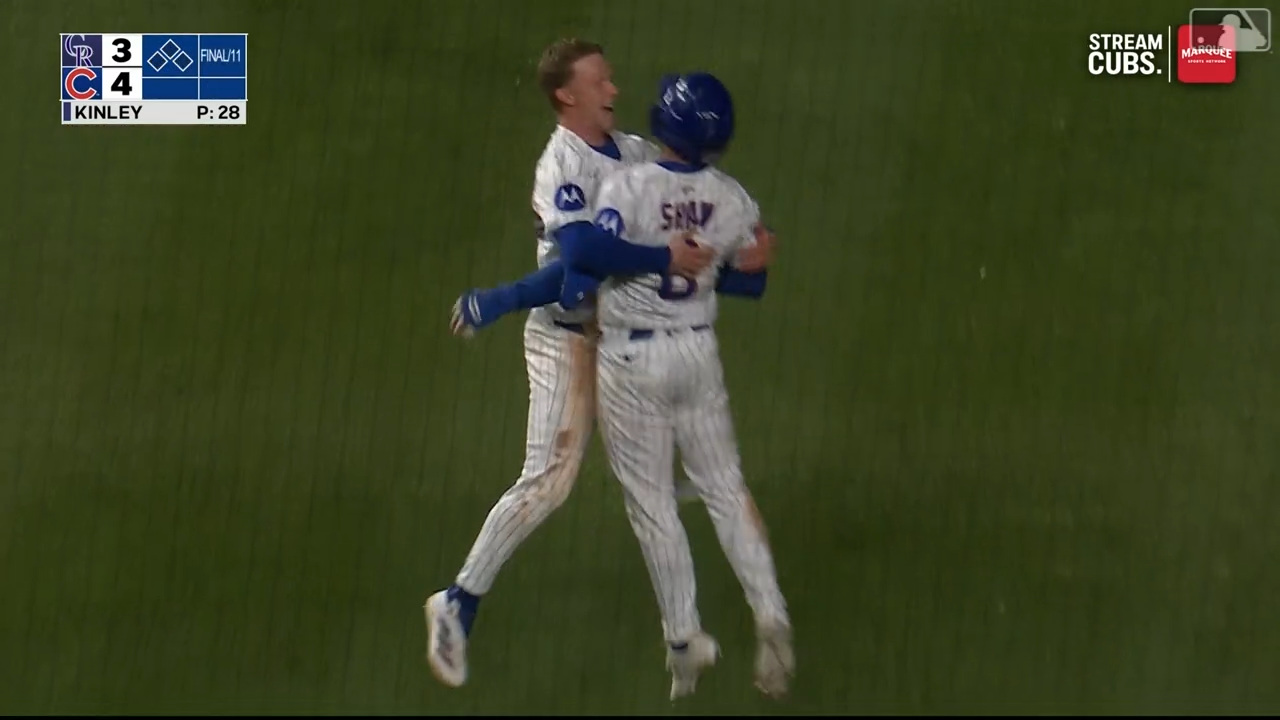
Well, he got mobbed by one teammate, anyway. There’s Shaw, moments after his big hit, engaged in an intimate leaping chest bump with Crow-Armstrong. I mean “intimate” in the sense that it seemed like a special moment, but I also mean it in the sense that it’s just the two of them all alone on the grass under the romantic Chicago skies, smiling at each other like there’s nobody else in the whole wide world. The rest of the Cubs are just out of frame, celebrating too. Read the rest of this entry »

